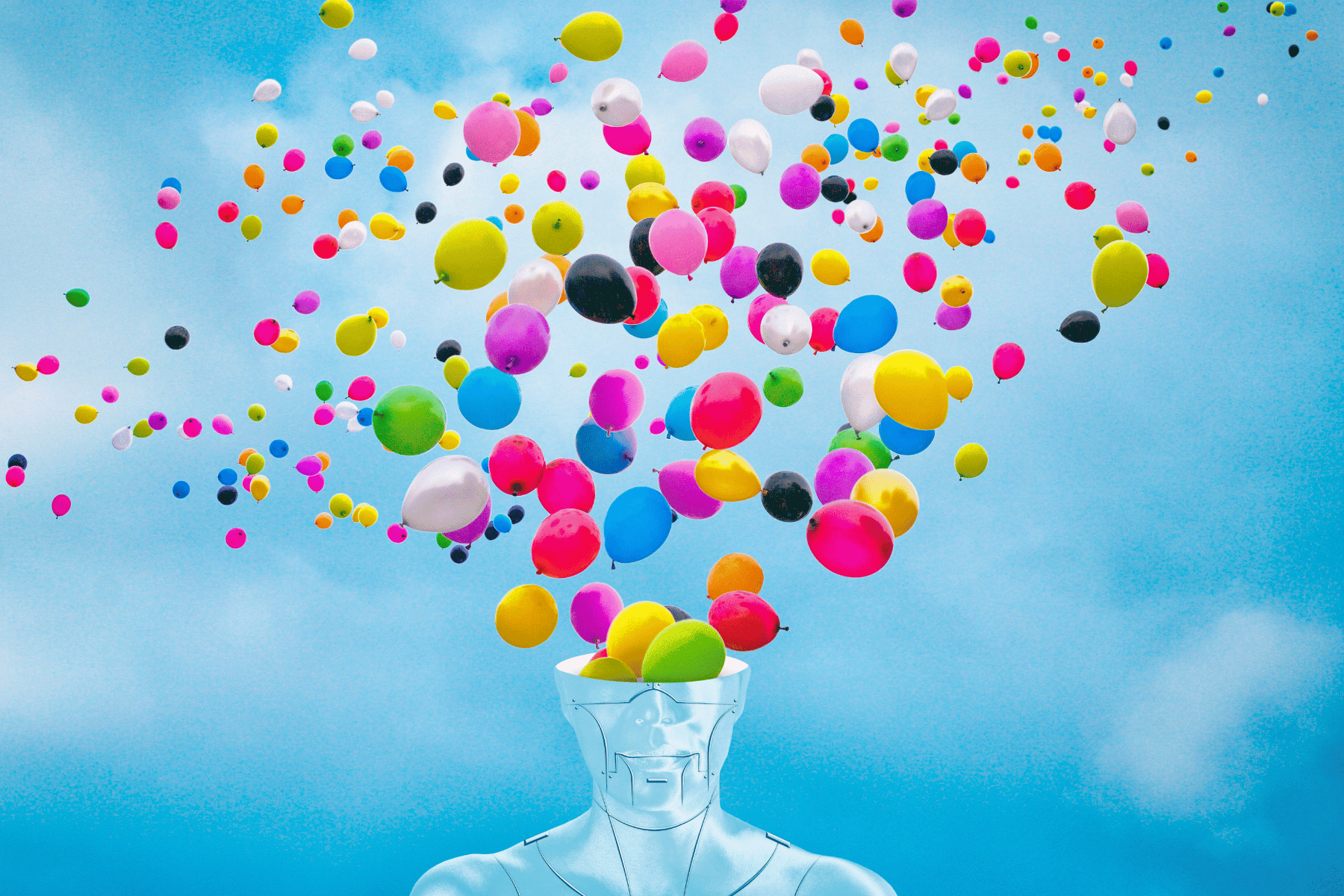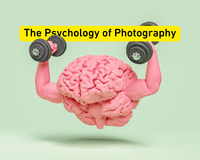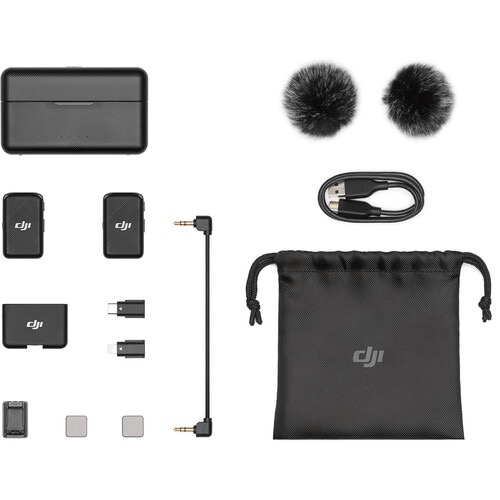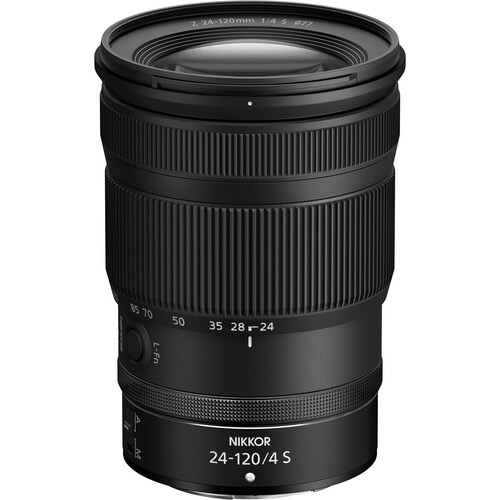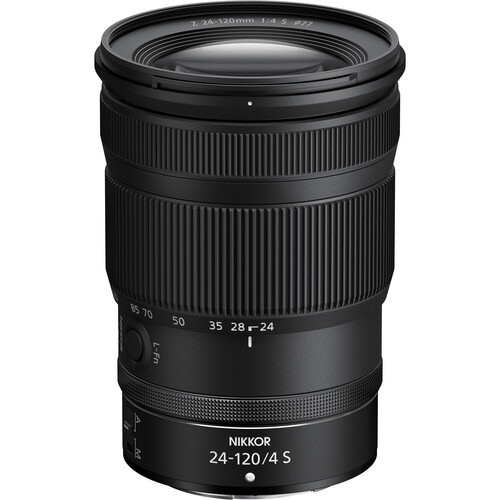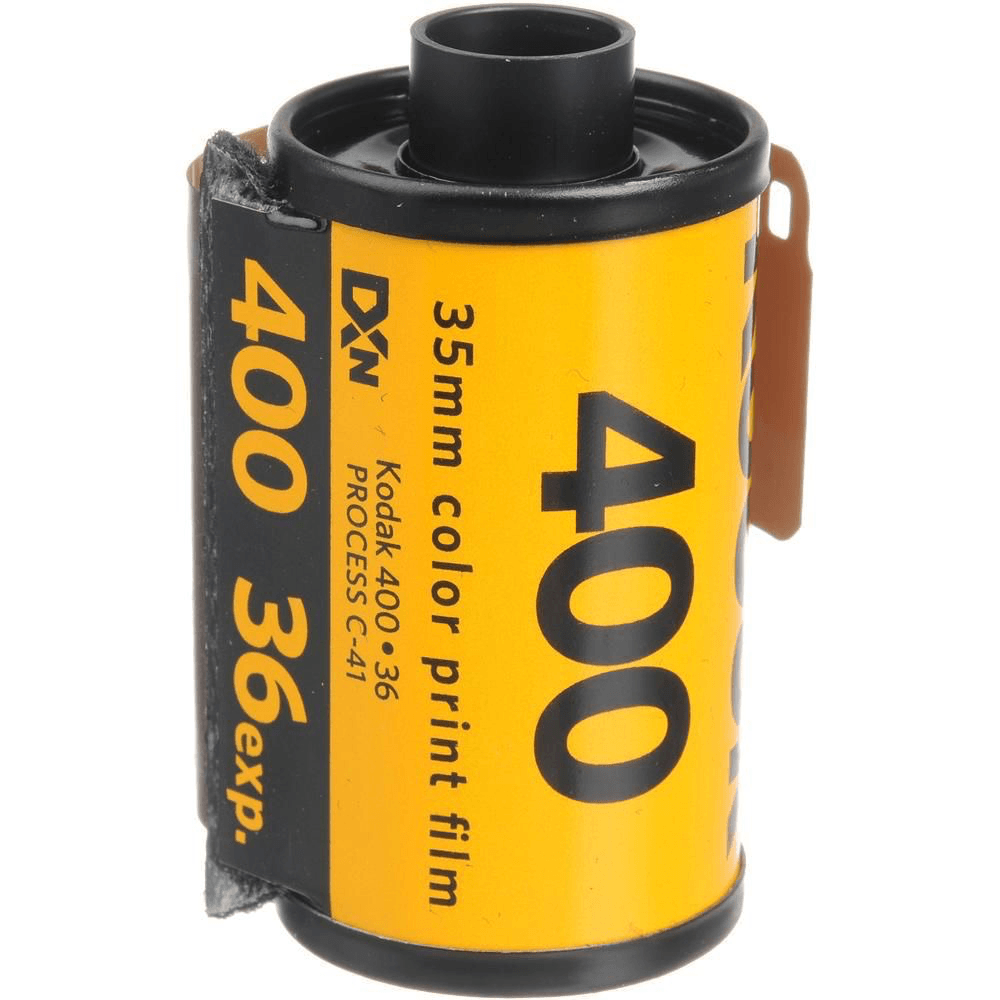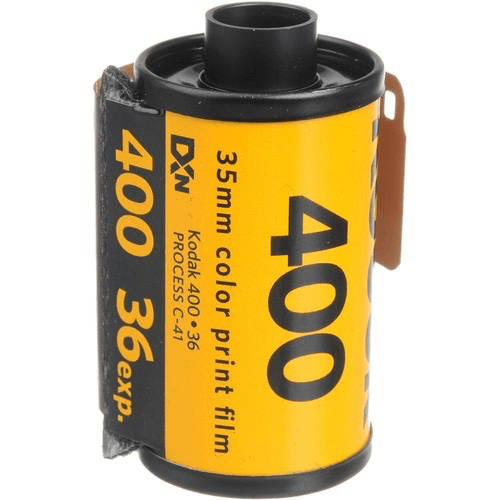Are you tired of capturing the same old photographs? Yearning to break free from the shackles of conventional photography? Don't fret! In this article, I will introduce you to a world of unconventional camera techniques that will ignite your creativity! So, join me as I push the boundaries of photography, inspiring you to unleash your imagination and capture extraordinary moments.

Long Exposure: Painting with Time
Long exposure allows you to capture the passage of time in a single frame, resulting in mesmerizing images that go beyond what the naked eye can see. With long exposures, you can create enchanting light trails, silky waterfalls, or dreamy nightscapes.
Related article: How to Make Your Photos Look How Your Eyes See
So, how does it work? Long exposure involves using a slower shutter speed, typically several seconds or more, to capture the movement and progression of subjects within the frame. This extended exposure time allows for magical transformations, turning flowing water into a smooth, ethereal curtain and transforming moving lights into captivating streaks of color.
Related article: What is Shutter Speed in Photography
To capture light trails, find a location with moving lights, such as a busy street at night or a bustling cityscape. Then, mount your camera on a sturdy tripod to prevent any unwanted camera shake. Use a slow shutter speed, such as 10 seconds or longer, and use a low ISO to minimize noise. As the lights move through the frame, watch as they paint beautiful trails of vibrant colors across the image.
Related article: What is ISO in Photography - When do I Use it?
Silky waterfalls are another gorgeous subject. Find one with a decent water flow and mount your camera on a tripod. Select a slow shutter speed, around 1 to 10 seconds, depending on the desired effect. With a long exposure, the rushing water transforms into a velvety cascade, creating a sense of tranquility and grace.
Related article: How to Photograph Waterfall
Dreamy nightscapes offer a whole new world of photographic possibilities. Find a location away from bright city lights to capture the magic of a starry sky. Again, using a tripod is essential for steady shots in low-light conditions. Opt for longer exposure times, ranging from 15 to 30 seconds. The stars will dance across the sky, leaving ethereal trails, and the darkness will reveal nothing but wonder. These are some of my personal favorite shots!
Related article: How to Take Pictures of the Night Sky like a Star
Related article: Long Exposure Photography Tips

Double Exposure: Uniting Two Worlds
Double exposure is when two or more exposures are combined in a single image, resulting in a unique composition that intertwines different elements. It's a technique that opens up endless artistic expression and storytelling possibilities.
Related article: 8 Tips for Better Visual Storytelling
There are a few techniques you can use for double exposure. One approach is to combine two distinct images that complement each other thematically. For example, you could blend a person's silhouette against a sunset or merge the delicate petals of a flower with the intricate pattern of a cityscape. The key is to find subjects with visual harmony or contrast, allowing them to merge seamlessly in the final composition.
Related article: How to Do Silhouette Photography
Another technique involves adjusting the opacity or blending mode of the two images during post-processing. By experimenting with different blending modes like "screen," "overlay," or "multiply," you can achieve fascinating effects that enhance the overall mood and impact of the double exposure. Be bold and play around with the settings - blend unexpected elements, and let your imagination run wild.

Light Painting: Illuminating the Darkness
Light painting is a unique technique that lets you create stunning images by "painting" with light. It adds a touch of enchantment and whimsy to your photographs by using various light sources to illuminate your subject while capturing a long-exposure shot.
When you move a light source strategically, you can create streaks, shapes, and patterns that seem to dance in the darkness. It's a playful and creative way to add magic to your images.
You'll need a few tools to nail this technique down. Start with a camera that allows manual control over shutter speed. A tripod is also essential to keep your camera steady during long exposures. As for light sources, you can use a flashlight, LED light, glow sticks, or even sparklers—use your imagination.
One method is to "draw" in the air or around your subject with the light source while the camera's shutter is open. Experiment with different movements—swirls, loops, or straight lines—to create unique light trails and shapes. You can also try using colored filters or gels over the light source to add a touch of vibrancy and artistic flair to your light paintings. Light painting offers endless possibilities for creating dreamlike scenes that elicit wonder and amazement.
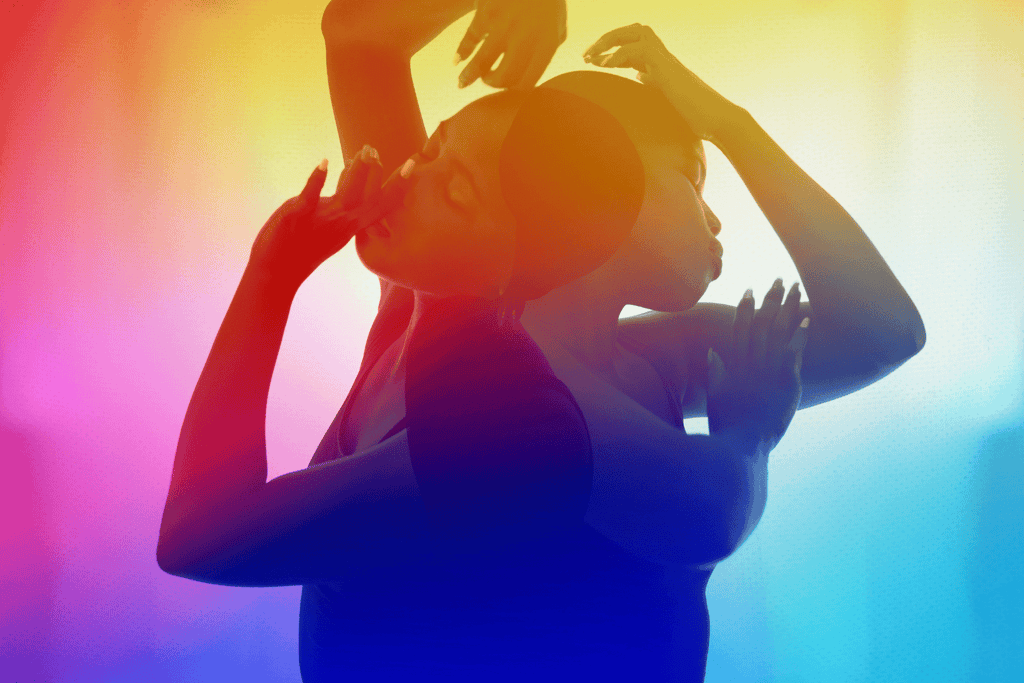
Tips for Trying Unusual Camera Techniques
Whether you're a beginner or a seasoned pro, these tips will help you navigate the uncharted territories of unconventional techniques and capture stunning shots.
- Get to Know Your Gear: Familiarize yourself with your camera and any additional equipment you may need. Read the manuals, watch tutorials, and experiment with different settings. Knowing your gear inside out will give you the confidence to tackle any photographic challenge that comes your way.
- Start Small and Build Confidence: Begin with one technique at a time. Choose the one that resonates with you the most and practice it extensively. This way, you'll build a solid foundation and gain confidence before moving on to more advanced or complex techniques.
- Experiment with Settings: Unusual techniques often require specific camera settings. Play around with shutter speeds, aperture, ISO, and other settings to achieve the desired effect.
- Location, Location, Location: Some techniques thrive in specific environments. Do some research and find locations that complement the technique you're trying.
- Embrace the Unexpected: Unconventional techniques can yield unexpected results, and that's where the magic happens! Embrace imperfections, happy accidents, and the serendipity of photography.
- Have Fun and Follow Your Passion: Let your curiosity and enthusiasm drive you to explore new techniques and push your creative boundaries. Allow your unique vision to shine through in every shot you take.
Remember, the most remarkable shots often arise from the willingness to venture beyond the ordinary. So grab your camera, step outside your comfort zone, and capture those extraordinary moments that reflect your unique vision.
Related article: Photography Projects to Fuel Your Creativity
Related article: Unconventional Engagement Photo Ideas
Related article: How to Use Color Theory to Create Visually Pleasing Images?
Related article: Experimental Photography: What Does it Really Mean?
Related article: How to Use Prism Photography to Create Creative and Abstract Images?

